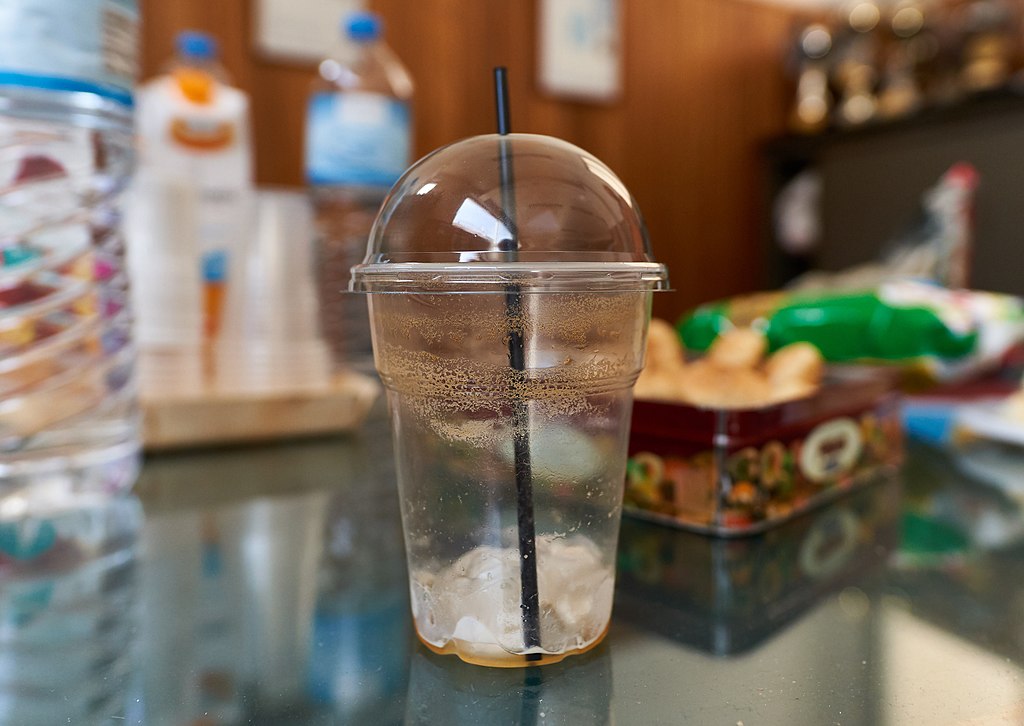In a world driven by convenience, disposable items have become the ubiquitous symbols of modern living. From single-use plastics to disposable packaging, the allure of convenience has infiltrated every aspect of our daily lives. However, as we revel in the ease these items bring, we must confront an inconvenient truth: the environmental toll exacted by disposable products is catastrophic.
The crux of the matter lies in the linear nature of the disposable economy. Items designed for single-use often find their way into landfills or oceans, contributing significantly to the global waste crisis. The allure of convenience has blinded us to the staggering environmental consequences, and it’s high time we delve into the intricate web of issues surrounding disposable items.
Let’s begin by examining the scale of the problem. According to the World Bank, global waste generation is expected to rise by 70% by 2050, driven primarily by the surge in disposable products. Single-use plastics alone account for a significant portion of this waste, with an estimated 300 million tons produced annually. This incessant production poses an imminent threat to ecosystems, marine life, and our overall environmental well-being.
The environmental ramifications extend far beyond the mere accumulation of waste. Manufacturing disposable items is an energy-intensive process, with significant carbon emissions at every stage of the production cycle. A report by the Ellen MacArthur Foundation reveals that the production of plastics is expected to contribute 15% of the global annual carbon budget by 2050 if current trends persist. This not only exacerbates climate change but also underscores the inherent unsustainability of the disposable culture.
Moreover, the disposal of these items presents a monumental challenge. Plastic waste, in particular, persists in the environment for centuries, releasing harmful chemicals as it breaks down. Microplastics, particles smaller than 5mm, have infiltrated the air, water, and soil, posing a direct threat to biodiversity and human health. The ramifications of our disposable habits are not only visible in overflowing landfills but resonate throughout the delicate balance of our ecosystems.
To gain a deeper understanding of the issue, I spoke with Dr. Emily Lawson, an environmental scientist renowned for her research on plastic pollution. She remarked, “The convenience of disposable items has led to a linear ‘take, make, dispose’ approach that is fundamentally at odds with the cyclic, sustainable processes nature employs. It’s imperative that we shift towards a circular economy, where products are designed with longevity and recyclability in mind.”
Dr. Lawson’s insights echo a growing consensus among environmental experts and policymakers. Transitioning to a circular economy involves reimagining the lifecycle of products, emphasizing durability, reparability, and recyclability. It requires a paradigm shift in consumer behavior, business practices, and policy frameworks.
Businesses, as major contributors to the disposable economy, bear a significant responsibility. Forward-thinking companies are already taking steps to reduce their environmental footprint. For instance, global retail giant XYZ Corp has committed to reducing single-use plastics across its supply chain by 50% in the next five years. Such initiatives not only align with sustainability goals but also demonstrate a recognition of the economic risks associated with environmental degradation.
Policymakers also play a pivotal role in steering the ship towards a more sustainable course. Legislative measures, such as stringent regulations on single-use plastics and incentives for circular design, can provide the necessary impetus for change. Countries like Sweden and Germany have already implemented successful policies, resulting in a substantial reduction in plastic waste and increased recycling rates.
Individuals too must recognize their agency in this collective effort. The convenience we seek in disposable items comes at a profound cost to the environment. Choosing reusable alternatives, supporting sustainable businesses, and advocating for policy changes are tangible ways each person can contribute to the shift towards a more sustainable future.
In conclusion, the convenience offered by disposable items comes at an immense environmental cost that we can no longer afford to ignore. The linear nature of the disposable economy is pushing our planet to the brink, with consequences that extend far beyond overflowing landfills. It is incumbent upon us, as informed and conscientious individuals, to reevaluate our choices, demand change from businesses and policymakers, and actively participate in the transition towards a circular and sustainable economy. Our collective future depends on it.
Photo credit: George E. Koronaios, CC BY-SA 4.0 <https://creativecommons.org/licenses/by-sa/4.0>, via Wikimedia Commons


